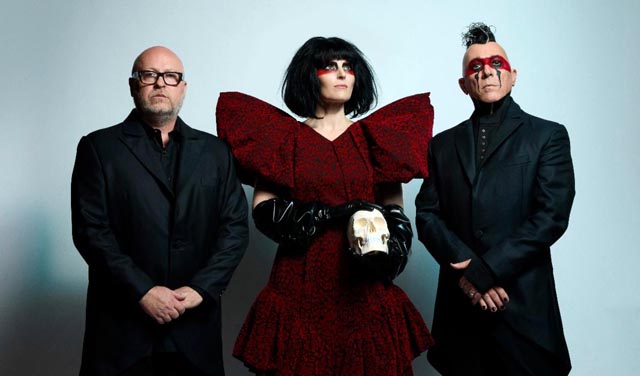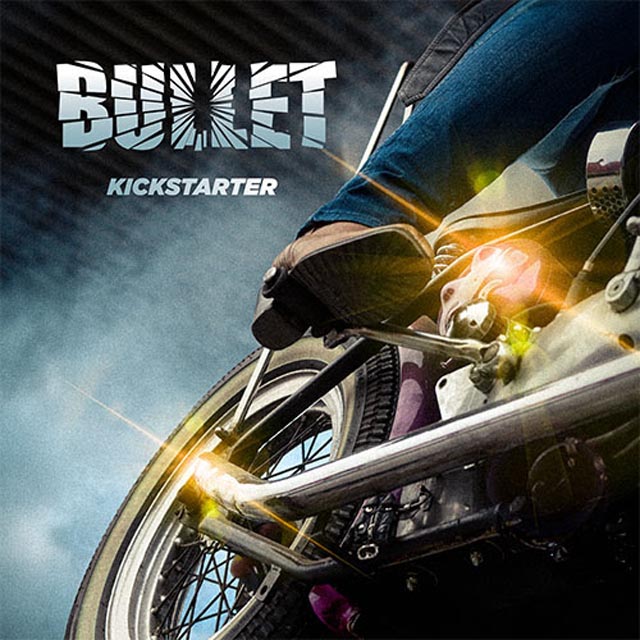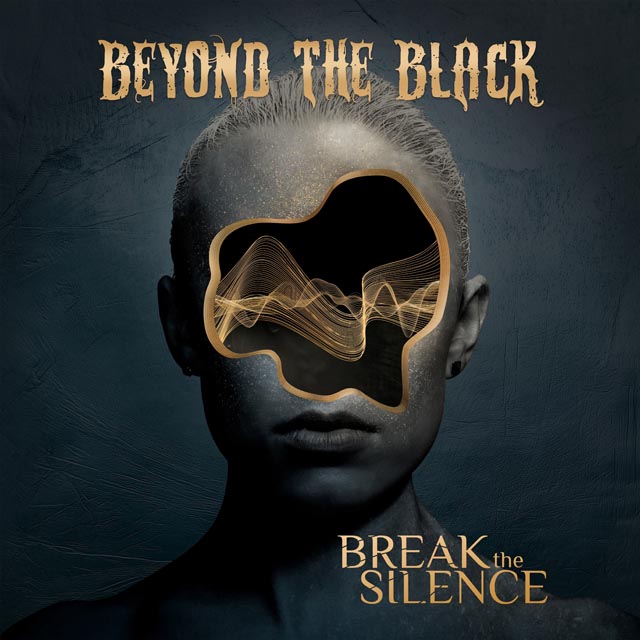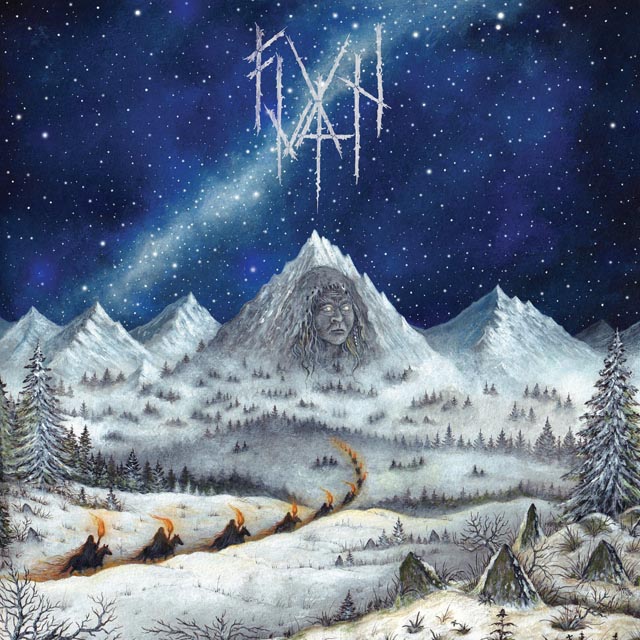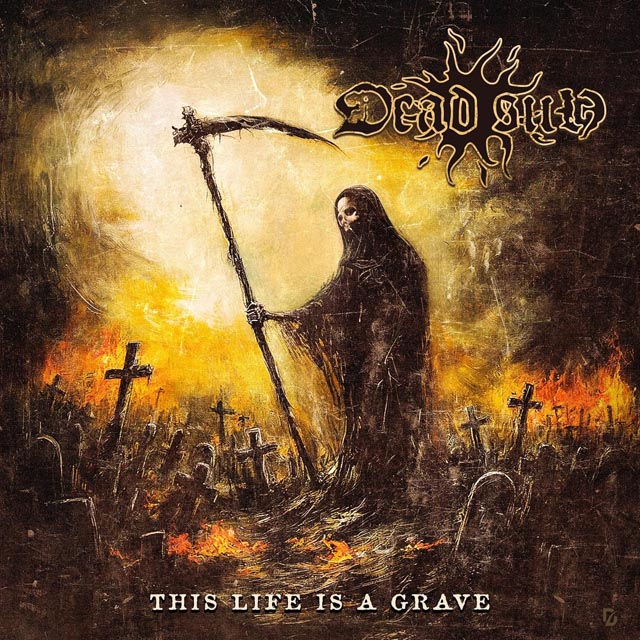
With such a storied and accomplished career, it would be much easier for me to rattle off the things Bruce Dickinson hasn’t done by now. Age has not slowed him down – his voice is unquestionably strong at 65, and his songwriting chops (alongside longtime collaborator Roy Z.) are as sharp as ever. Almost 20 years have passed since Bruce’s last solo album, Tyranny of Souls, back in 2005, and The Mandrake Project is an incredible addition to his discography, maintaining the high standard of music we expect from the duo.
The album opens with the lead single, “Afterglow of Ragnarok,” a surprisingly doom-adjacent track, setting the stage for the concept album. With a galloping riff and big melodic chorus, “Afterglow” is both new yet familiar, in the best way.
Shifting gears, “Many Doors To Hell” takes a mid-tempo approach to a keyboard-heavy and unexpected proggy song. Bruce’s big vocal harmonies in the chorus are incredibly satisfying, and if not for the modern production, the bridge would sound like it’s immediately out of some lost 70’s prog rock record. This is one of the least Maiden-esque songs on the track and a testament to Roy Z’s commitment to experimentation. “Rain On The Graves,” on the other hand, feels like a missing cut from The Final Frontier, Maiden’s criminally underrated 2010 release, with extra keyboards thrown in – and probably the best guitar solo passage on the record!
The arrangement of “Resurrection Men” moves in a lot of different directions. The song’s first three minutes dramatically build up into a thick neck-pickup low-gain doom riff. Though the track lacks focus and direction, like two songs mashed together, it’s still an interesting listen. The track peaks at the bridge, but the song ultimately feels more transitional than intentional.
Perhaps “Resurrection Men” was kept low-key to make “Fingers In The Wounds” feel absolutely massive. The drama is all here, and Bruce soars over the track. The vocal melodies here are unforgettable, but as a whole, the track stands out amongst anything Bruce has ever put out. Strip Bruce’s vocals away, and you’d confuse it for an instrumental from a symphonic metal band. This is new territory for Bruce and Roy and a wildly successful foray into the unfamiliar. While I’m sure there were thematic reasons for not making this the second single from the record, “Fingers In The Wounds” stands out as arguably the record’s best track.
Bruce’s writing contributions to Iron Maiden have not been insignificant, and this is the first time there’s been a meaningful crossover between his solo career and Maiden (and yes, “Bring Your Daughter” is a good track, if not particularly Maiden-esque). The “If Eternity Should Fail” from Maiden’s 2015 The Book of Souls is presented here in its original form as “Eternity Has Failed” – a shorter version of the song that’s difficult to objectively review without fresh ears. But ultimately it’s a similar song and its inclusion here is very plot/concept driven. It’s easy to hear the evolution, and it’s always special to listen to these types of tracks as they were originally intended.
“Mistress of Mercy” gives off serious Accident of Birth vibes, with Roy’s classic riffing evoking 1997’s best metal record all over again – it wouldn’t surprise me if Roy’s been sitting on this riff for a few decades now, waiting for the right moment. This also would’ve been a strong contender for a single. “Face In The Mirror” takes the tempo down and doesn’t pick back up again until mid-way through the next song, “Shadow of the Gods.” This misleads the listener into thinking there would be two ballads back to back, until “Shadow” once again channels chunky doom metal vibes, and the song starts to sound like something Roy would’ve written during his time producing Rob Halford’s solo output.
Bruce & Co. leave the best for last, the ten-minute “Sonata (Immortal Beloved).” While an odd choice for the closer to be so subdued, it speaks to their willingness to experiment. The second movement of the song is so strong that it could’ve been expanded on into its own track. My only gripe is that the tempo never kicks back up, leaving you wanting more – which, I suppose, very well might have been the point…!
Overall, The Mandrake Project takes the best of the Bruce/Roy sound, gives you more of what you already love, and expands on it, taking it in new directions. This record is incredibly strong, but I won’t pretend it’s everyone’s cup of tea. The pacing demands patience from the listener; it’s not all high-tempo 5-minute bangers like Accident or Chemical Wedding. There’s a lot you’ll miss on the first listen and so much to discover on the second. While Bruce’s solo discography can generally be chunked into pieces by sound, The Mandrake Project is the start of a new and exciting sound. Though I have no doubts that Bruce will outlive us all, here’s hoping we don’t have to wait another 18 years for the next one!
Bruce Dickinson’s The Mandrake project arrives on March 1st. Grab your copy here.







